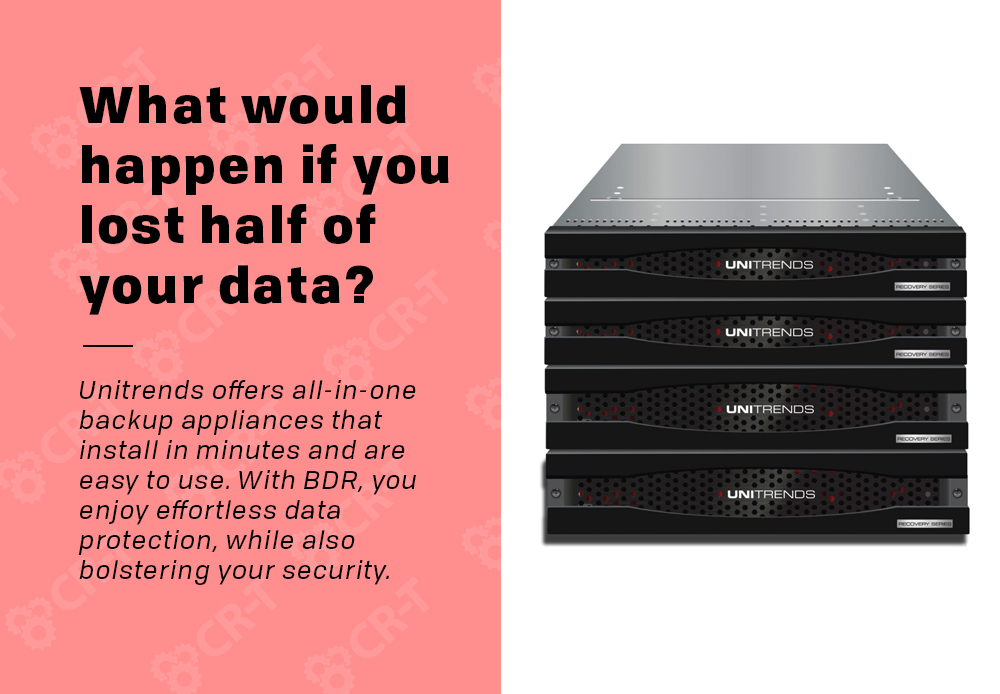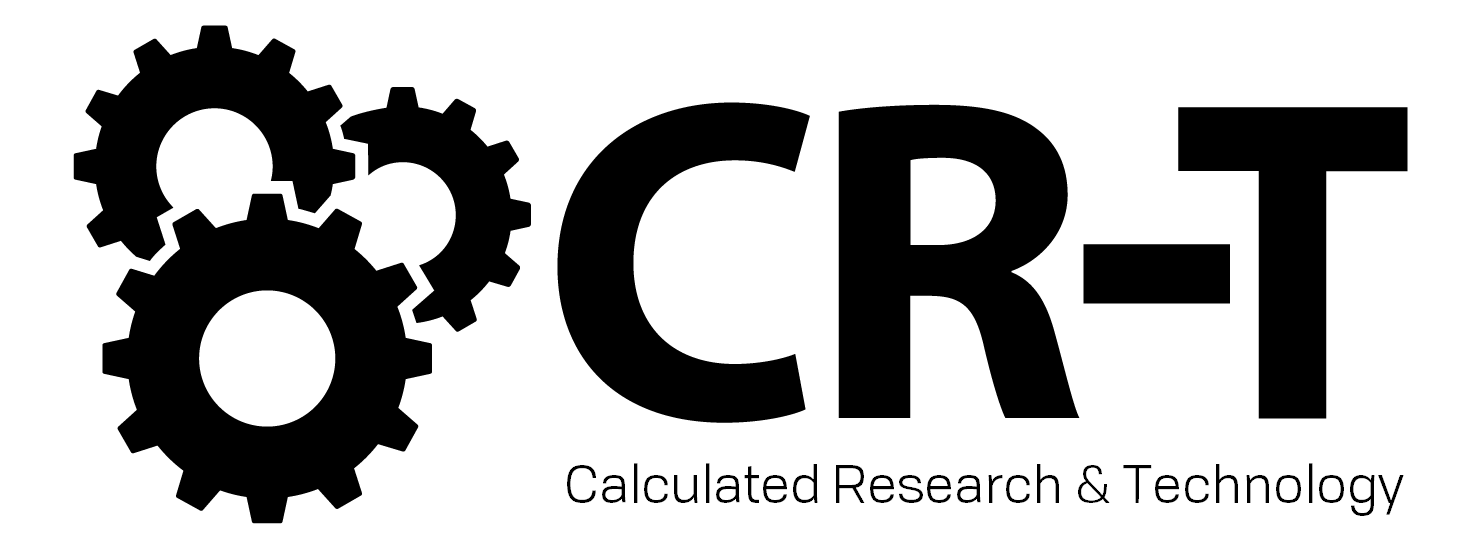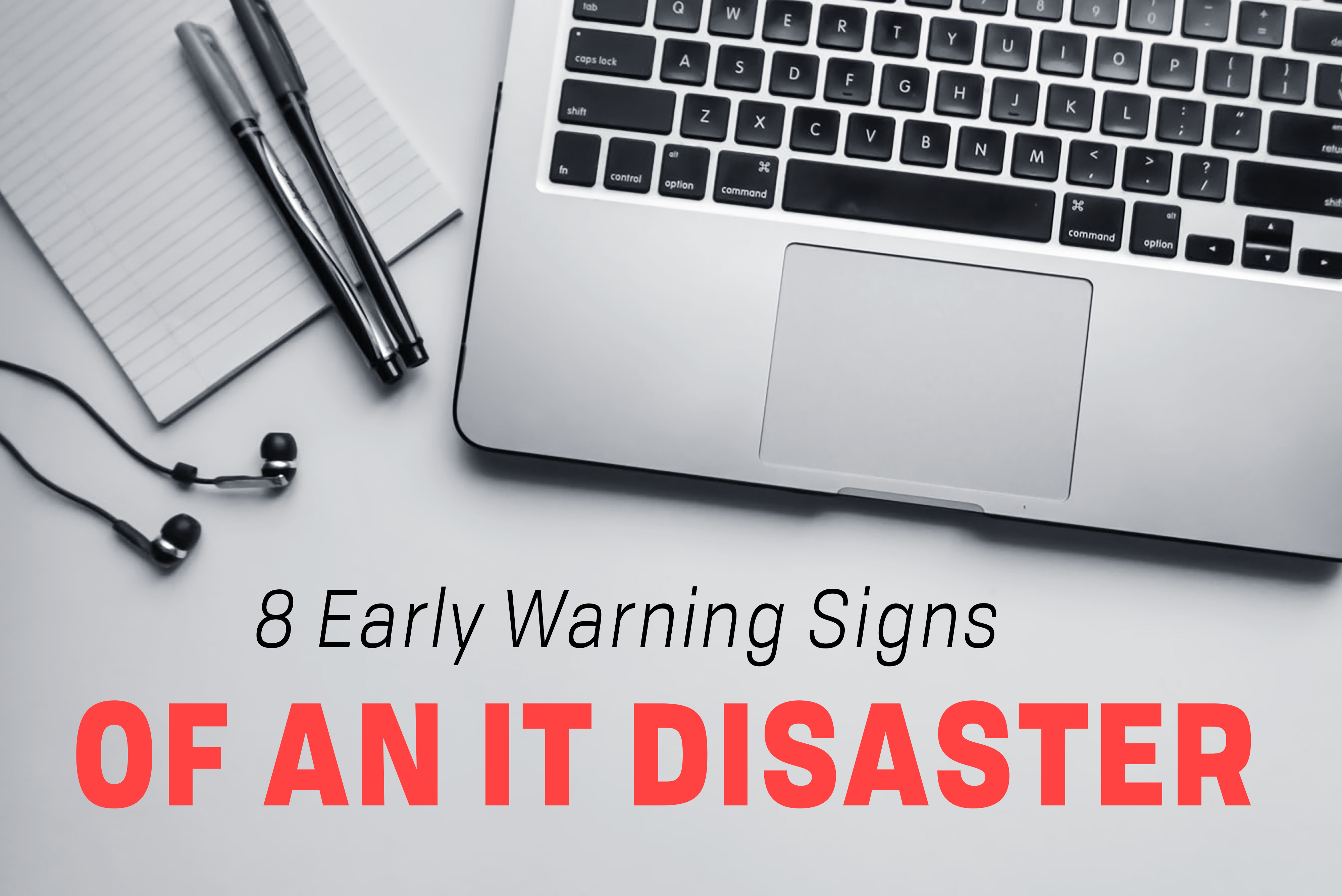No one wants to experience an IT disaster, but do you know what it takes to prevent one? How can you recognize an emergency before it appears on your doorstep, and where do you go from there? In this article, we’re covering some of the most common early warning signs of an IT disaster. Learn what you can do to prepare your business so you don’t run into trouble before it’s too late.
Warning Sign #1: You Experience Frequent Server Reboots.
The question is: exactly how often is frequent?
BeyondTrust recommends that you reboot your machine every 30 days. This allows you to take advantage of recent updates and patches to your computer and server.
However, random reboots are something to watch out for. We’re talking about moments where you’re doing something normal, like checking your email, and your computer suddenly restarts itself.
These unexpected reboots can stem from a variety of problems, but DataNumen outlines the following seven issues as being the most common:
- 1. Software issues
- 2. System problems
- 3. Storage device problems
- 4. Computer power issues
- 5. Virus issues
- 6. Memory issues
- 7. Heat problems
Once you understand what might be causing the problem, you can begin to troubleshoot these issues. Check to ensure that all of your applications are compatible with your device. Run a windows memory diagnostic. Check to ensure that your computer isn’t overheating.
By recognizing unusual changes in your device’s performance, you can detect and resolve issues before they turn into a disaster.
Warning Sign #2: You Don’t Have a Firewall.
This isn’t a warning sign, per say, but it’s definitely a red flag that you’re at risk for a security breach.
A lack of basic security makes you an easy target for cyber criminals, so make sure you have your bases covered.
Firewalls allow you to filter the traffic that moves through your network, but they also make it easier for you to detect unusual activity. This means that even if a virus or another threat enters the network, you can identify and eliminate it more quickly.
You can read more about some of our favorite firewalls here.
Warning Sign #3: You Aren’t Running Backups.
Another red flag in cybersecurity is the absence of a backup disaster and recovery plan.
What would happen to your business if you suddenly lost access to half of your data? Or what if someone was able to hack into your network and retrieve confidential information about your clients?
The goal of Backup Disaster and Recovery (BDR) is to streamline your data protection. You can increase efficiency, without having to worry about whether or not your data is secure.
Unitrends offers all-in-one backup appliances that install in minutes and are easy to use. With BDR, you enjoy effortless data protection, while also bolstering your security.

Warning Sign #4: Your Users Aren’t Complaining.
Believe it or not, a lack of complaints can be a bad thing. Granted, you don’t want to be getting frequent complaints that you aren’t meeting your users’ needs as a provider. However, not hearing from your users at all is a major red flag.
Even the best organizations rely on reboots, backups, repairs, and updates. You’ll know you’re doing well if your employees are reporting issues, but you’re able to resolve them quickly.
If you don’t hear about any technology-related issues for months, it might mean your users don’t trust you to get the problem fixed. You haven’t resolved their issues in the past, so they’ve given up on reporting them.
Instead, make sure you maintain strong communication with your users. Your employees are one of your strongest assets, and they are also one of the main sources of protection standing between you and a cyber attack. By working together, you can prevent most tech and security issues.
Warning Sign #5: Your Server is Out of Warranty.
It’s a normal day at the office, and you’ve just completed a few hours of work. Suddenly, your server begins to shut down. You aren’t sure what the problem is, so you do some troubleshooting before calling the customer support line. And that’s when you realize your server is out of warranty.
Letting your warranty expire might not seem like a big deal, but it makes a huge difference when it comes to emergency situations like this one.
If you have a hardware warranty and something goes wrong with your server, a technician from the vendor will come onsite and make the repair, usually within 24 hours. With no support, your IT department has to troubleshoot the issue and order the replacement parts from a distribution center. Then you have to repair the server yourself.
In all, this could take anywhere from 48 hours to a week.
Can your business afford to be down for 48 hours or more?
Keeping up with your server warranty isn’t just a good idea. It’s insurance for your business.
Most servers come with a 3-year warranty that covers the parts and labor to repair the server if anything goes wrong. After that, the vendor will generally reach out to have you renew your warranty for another year of service.
After about 5 years, it’s time to consider replacing your server.
Warning Sign #6: You’re Experiencing Insecure Remote Access.
Who has access to your network? What about the data stored on your network?
Too many security breaches are caused by a lack of secure remote access.
Whether it’s an outsider, a vendor, or even an employee, it’s crucial that you prioritize security when it comes to remote access.
Your organization should have clear policies about who can access which data. When an employee leaves the company, make sure you remove their access to company data.
Additionally, you can put protections in place to enhance your remote security. When employees work remotely, have them use a VPN so that company data can’t be discovered on a public network. Implement two-factor authentication to create extra layers of security between outside threats and your company’s data.
Applying multiple layers of security will protect you from disaster and reduce your overall risk.

Warning Sign #7: You Aren’t Communicating with Your IT Department.
Just like you need to communicate with your users, it’s also important for your entire team to communicate with the IT department. It’s their job to manage your technology’s security, but they can’t do that effectively without support from the rest of your team.
Consider including at least one member of your IT team in your leadership meetings. Allow them to give input, and ask them how upcoming business decisions and processes could affect the future of the company’s technology.
You can learn a lot from your IT team, and keeping them involved will help you avoid future problems down the road.
Warning Sign #8: You Keep Fixing the Same Problems.
Do you find yourself having the same computer problem over and over? Or maybe your employees still don’t know how to recognize phishing emails, even after multiple training sessions.
As the saying goes: “Insanity is doing the same thing over and over again, but expecting different results.”
If you find yourself continuously resolving the same problems in your organization, it’s probably time to try something different.
Maybe you need to reach out to an outside IT expert for a second opinion. Or maybe that piece of hardware that keeps crashing just needs to be replaced.
Recognizing the Warning Signs of an IT Disaster
Obviously, you can’t prevent every possible IT disaster. But recognizing some of the warning signs will help you stay ahead of common security risks.
Here at CR-T, we take pride in providing enterprise-level IT services at prices that work for small businesses. Our team of experts can become your IT support department, responding to issues quickly, often before you even know about them. Covering everything from your servers and network infrastructure to your computers, workstations and mobile devices, we provide end-to-end solutions for all your technology needs.
Time and experience have helped us develop best practices and workflow procedures designed to keep your focus on your business, not your technology.
Blog & Media
Cloud Services
Managed IT Support
Cyber Security
Project Services
Servers/Infrastructure
Firewalls
Networking
Hardware/Software
Microsoft Products/Cloud
Amazon Web Services
Penetration Testing vs Vulnerability Scanning
If you’re responsible for managing the security of your organization’s network or systems, you may have heard the terms “penetration testing” and “vulnerability testing” thrown
Backup and Disaster Recovery
Your organization can’t afford to neglect backup and disaster recovery. If it takes your business too long to get back online after a disaster, you
6 Steps to Secure Customer Data
Securing customer data is essential for one major reason: your business depends on it. As an IT director, you recognize the importance of cybersecurity when
5 Steps to Promote Compliance in the Workplace
You’re familiar with the ever-changing world of regulatory compliance. Robust compliance enables you to avoid legal liabilities while improving your organization’s effectiveness. And many of






